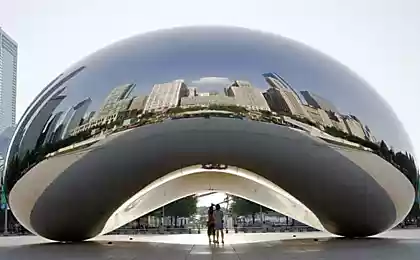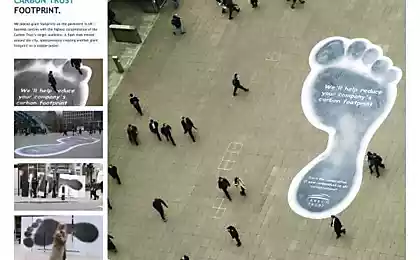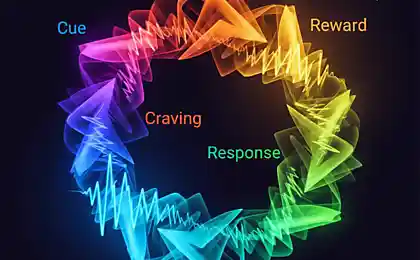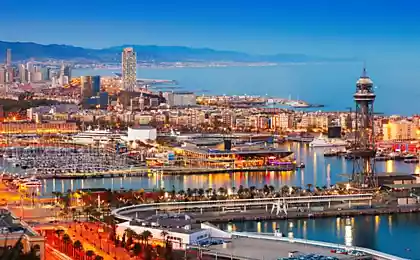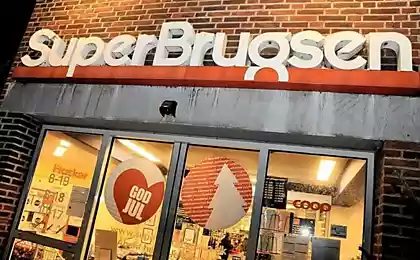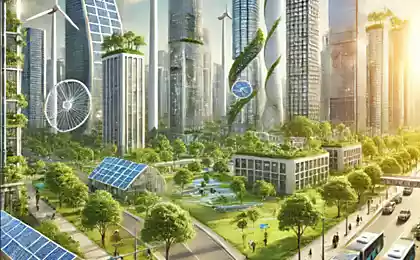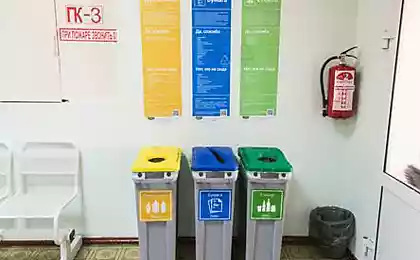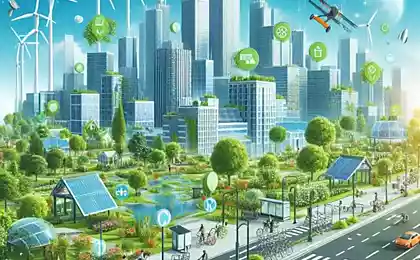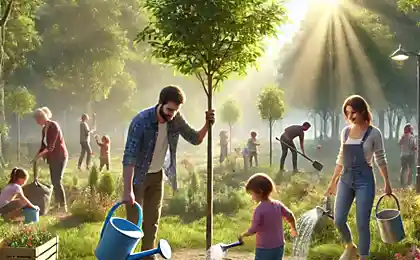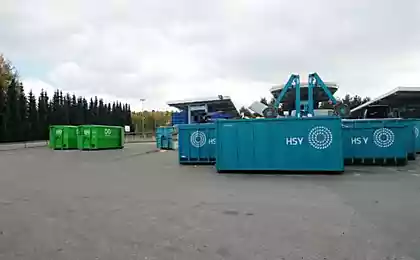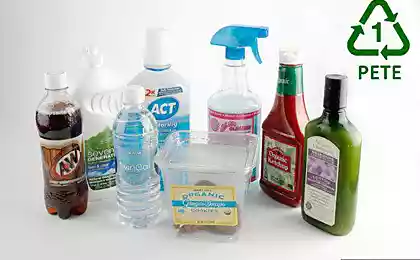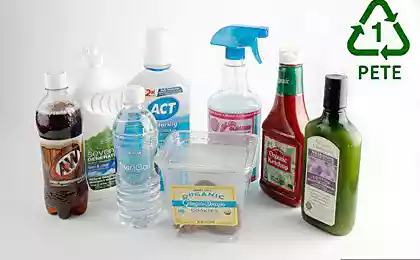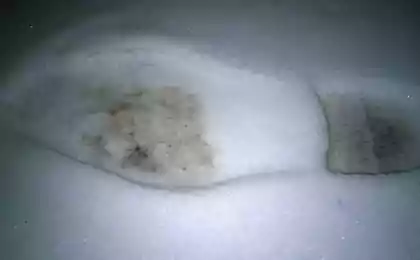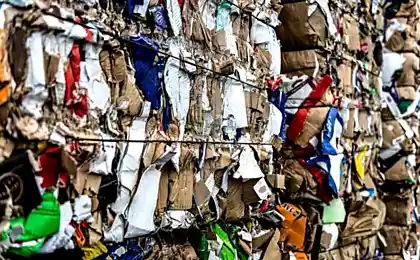179
Green Living: Simple Steps to a Sustainable Future

Description: How do daily decisions affect the planet? From reducing plastic to mindful eating, 7 key strategies for reducing the environmental footprint, based on scientific evidence and real-world cases.
Energy: the invisible enemy and ally
Housing accounts for 21 percent of global CO2 emissions, but simple changes could cut that by 40 percent. For example:
- LED lamps consume 80% less energy than incandescent bulbs
- Smart thermostats reduce heating costs by 15% by adapting to the mode of the day
- Home rooftop solar panels reduce carbon footprint by 1.5 tonnes of CO2 annually

Transport: Rethinking Mobility
One flight from Moscow to New York = 1.6 tons of CO2 per passenger – the same as the average car produces in a year. Alternatives:
- Electric bikes cut emissions by 90% compared to cars
- Car sharing reduces the number of cars on the road by 15%
- Teleconference instead of business trip - saving 500 kg of CO2 per meeting
Nutrition: The Revolution on the Plate
Production of 1 kg of beef requires 15,000 liters of water and emits 27 kg of CO2 – 10 times more than plant-based alternatives. Decisions:
- Meat-free Monday reduces personal carbon footprint by 8%
- Food sharing saves up to 30% of food from landfill
- Local Farmers Markets Reduce Food Transport Footprint by 60%

Waste: The Art of Turning Garbage into a Resource
Each Russian produces 400 kg of garbage per year, but 80% can be recycled. How?
Material Decomposition Time Alternative Plastic bottle450 years Glass containerDisposable diaper500 years Disposable fabric Aluminum can200 years Recycling (∞ cycles)
5 principles of Zero Waste
- Refusal of unnecessary (samples, advertising booklets)
- Reducing consumption (capsule wardrobe)
- Reuse (upsikeling of furniture)
- Recycling (separate collection)
- Composting (kitchen waste → fertilizer)
Glossary
Carbon footprint The amount of greenhouse gases produced by human activities
apsikeling Creatively transforming old things into more valuable ones
Food sharing The movement to save usable products
Ecosystem services Benefits that people get from nature (clean air, pollination)
Journey to Mars: When will man first set foot on the red planet?
How to eat a woman to maintain health for many years
